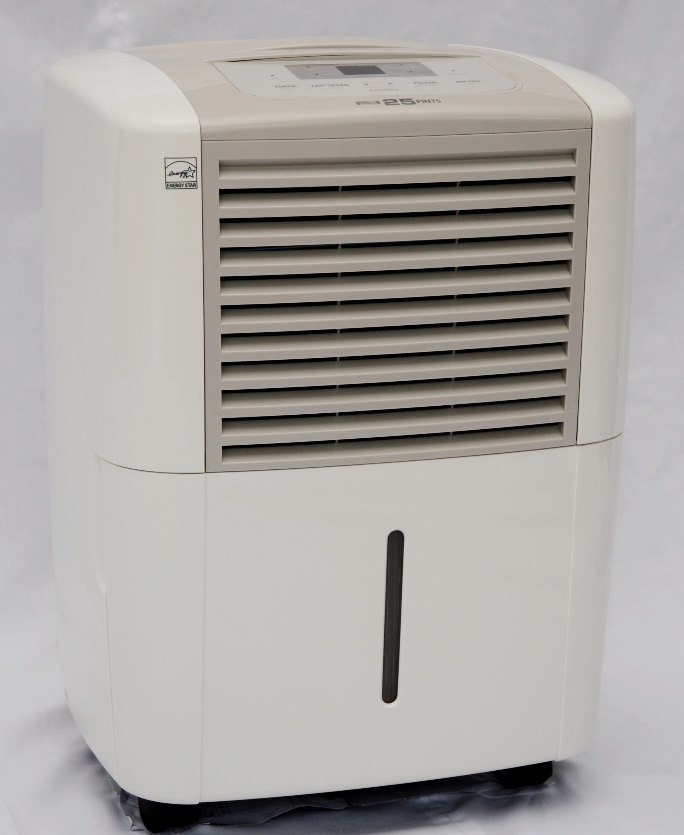- Forest Air Dehumidifier Manual Instructions
- Forest Air Dehumidifier Manual Troubleshooting
- Forest Air Dehumidifier Manual Pdf
- Keystone Dehumidifier Manual
Dehumidifier is an important electronic appliance that has become quite popular in every household. A dehumidifier removes extra moisture from the environment, provides fresh air, and collects the moisture in its reservoir, which has to be emptied frequently.
- FORESTAIR - 13 04625 (Service Manual) Service Manual FORESTAIR 13 04625 - This Service Manual or Workshop Manual or Repair Manual is the technical document containing instructions on how to keep the product working properly. It covers the servicing, maintenance and repair of the product. Schematics and illustrated parts list can also be included.
- Appliance manuals and free pdf instructions. Find the user manual you need for your home appliance products and more at ManualsOnline. Other Dehumidifier 13-06034 Please help find the manual for this ForestAir Dehumidifier ManualsOnline.com.
- Forest Air Dehumidifier Manual The easy-to-remove filter makes it a breeze to clean and you can conveniently move the dehumidifier from room to room. Please refer to your owner’s manual. Appliance manuals and free pdf instructions.
Appliance manuals and free pdf instructions. Find the user manual you need for your home appliance products and more at ManualsOnline.
Every dehumidifier comes with a drainage connection to drain the collected water. The water needs to drained timely so that you can prevent overflow.
If you don’t know the proper steps of how to drain a dehumidifier to the outside, then you have come to the right place. I will discuss the methods of draining a dehumidifier without a pump, and also the one that comes with a built-in pump.
How to Drain a Dehumidifier to the Outside:
Many people avoid using a dehumidifier because they need to empty the water reservoir regularly, which is quite a pain. So, purchasing a dehumidifier with a drain port makes it easy to drain the water.
There are many methods you can follow to drain the water of the dehumidifier. But it mainly depends on the type of dehumidifier you use.
Drainage with the Help of Gravity: The dehumidifiers that don’t come with a built-in pump are drained with the help of gravity. You need to connect a drain hose with the drainage connection of the dehumidifier.
Ifa drainage hose is not included with your dehumidifier, then you can buy anystandard hose that fits into the dehumidifier’s drain port. If you have a floordrain hole, then you can direct the other end of the hose to the hole forproper drainage.
The drainage point should be situated lower than the dehumidifier so that the water can flow downwards through the hose for a effective and proper drainage. If a floor drain hole is not available in your house, then you can drain the water outside the window or into a sink.
Asthe drainage depends on gravity, you must need to place the dehumidifier atleast 6-inches above from the drainage point.
Steps for Draining:
1.Install the dehumidifier on the wall or place it securely on a table.
2.Make sure that the drainage location is situated lower than the dehumidifier.
3.Connect the hose to the drain port and lead the other end of the hose to thedesired drainage point.
4.Turn on the dehumidifier for next operation.
Drainage with An External Condensate Pump: If you feel that the water is not draining properly with the gravity drainage method, then you can purchase a condensate pump that will help in pumping out the water into septic, sink, or a drain hole.
A pump can elevate the water level horizontally and vertically. The set-up of a condensate pump with the dehumidifier is quite simple too.
Steps for Draining:
1.Place the dehumidifier next to the condensate pump at a higher position.
2.Connect a hose into the top connection of the condensate pump and attach theother end of the hose into the drain port of the dehumidifier.
3.Next, fit another small hose on the other connection of the condensate pump andlead the end of the hose into a sink or any other place where you want thewater to end up.
4.Turn on the dehumidifier and the external condensate pump.
Thewater from the dehumidifier will be collected in the pump for drainage. Whenthe pump gets filled with the water, it starts draining it out through the hoseinto the sink or any other drainage point.
Drainage for A Built-in Pump Dehumidifier:
Drainage for a built-in pump dehumidifier is quite easy. All you need to do is connect the dehumidifier with a hose and let the built-in pump drain out the water through the hose, automatically, out of the window, into a drain hole, or sink.
Thedehumidifier doesn’t need to be installed or placed at a higher position thanthe drainage hole. The included pump of the dehumidifier can help the water toreach up to 15-feet height, vertically or horizontally, for draining out thewater.
Someof the dehumidifiers come with caster wheels, so after it finishesdehumidifying the room, you can move it from the room to the drainage location.
Software koperasi gratis. Steps for Draining
Forest Air Dehumidifier Manual Instructions
1.Place the dehumidifier on the ground, or at a higher position.
2.Attach the hose into the drain port.
Forest Air Dehumidifier Manual Troubleshooting
3.Place the other end of the hose to the desired drainage point.
4.Turn on the dehumidifier for a continuous operation.
Ifyou need a dehumidifier for your basement, then built-in dehumidifiers will bea suitable one.
Conclusion
Pullingout the reservoir, emptying it, then putting it back, doing this 3-4 times aday is not possible for many. The above-mentioned methods will drain the waterout of a dehumidifier automatically without any hassle.
Forest Air Dehumidifier Manual Pdf
Makesure to follow the steps properly and fit the hose tightly to the drain port sothat the water drains out effectively without any leakage.
Keystone Dehumidifier Manual
Ihope the above article has helped you in learning the correct way of drainingthe water.
